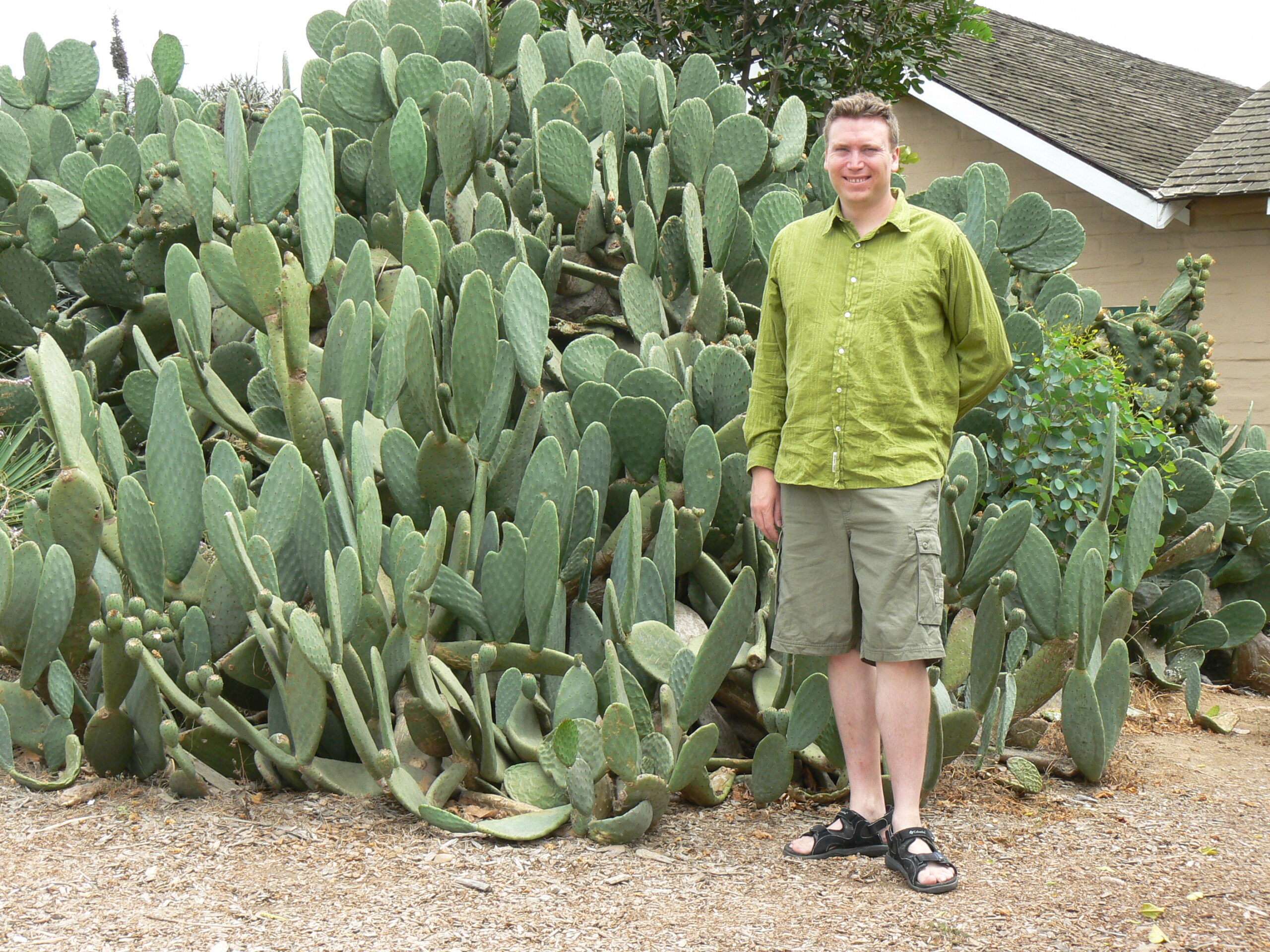I was so looking forward to communal tippling with friends as the fourth wave fizzles out, only for Alberta to be hit with its first nasty winter storm. Fortunately, we missed the worst of it here in southern Alberta, with Edmonton getting the brunt of the snowfall, but it certainly put a damper on what would have been my first time out of the wine cellar in months.
I had to resign myself to yet another weekly Zoom session with my regular drinking crowd, where we all open a bottle of the same wine and compare notes. This week’s selection was a Spanish Tempranillo, in observance of the 11th annual International Tempranillo Day, a worthy reason for me to dig through the Spanish section of my wine cellar looking for a forgotten gem.
For those not familiar with the varietal, Tempranillo is widely considered the quintessential Spanish grape, originating in Northern Spain thousands of years ago. The name Tempranillo translates to “little early”, referring to the tendency of this grape to mature earlier in the growing season that most other varietals.
Wine production in what is now modern-day Spain started in the Phoenician period around 1100BCE, and was considered the finest wine of the known world for centuries.
However, the Moorish invaders crossing from the Strait of Gibraltar in the year 711 banned the consumption of alcohol for religious reasons.
Spain was basically a dry country for more than 700 years, until the Moors were toppled in 1492, the same year a Spanish explorer named Christopher Columbus discovered the New World.
The Spanish vineyards quickly sprung back to life in 1492, with the entire New World opening up as an export market.
Interestingly, while there are over 600 different grape varietals grown in Spain, Tempranillo and Garnacha make up the bulk of red wine production.
Spain is the traditional home of the Tempranillo grape, and is still responsible for most of the world production, but it has also thrived in the New World.
Here in North America, there are extensive Tempranillo plantings in California and Oregon, and even a handful of Canadian plantings in the Okanagan Valley of BC. Since Tempranillo ripens earlier than other grapes, it does well in our short growing season in Canada, and can be harvested before the annual frosts arrive.
I dug through my wine cellar looking for an appropriate bottle to celebrate International Tempranillo Day, but was momentarily delayed by those confusing European wine labels, because I could only find wines labelled as Rioja, but no Tempranillo. Faithful readers may recall Old World wine countries like Spain are labelled by appellation (ie region) rather than varietal (ie type of grape).
In other words, the label on my bottle was reminding me that Rioja was not a type of grape, but a wine producing region in Spain. For the wine snobs in the audience, Rioja is considered the home of the highest quality wines in Spain, similar to the Bordeaux region of France. After reading the fine print on the back of a few bottles of Rioja, I found one that was a 100% Tempranillo varietal to enjoy.
For those who have not enjoyed Tempranillo before, its flavour profile is somewhat similar to a Sangiovese from Italy, or a Cab Sauv from France, a nice big and bold red. As an added bonus, the bottle I found in the deepest darkest recesses of the wine cellar was from the 2014 vintage, so was nicely aged to perfection.
After a bit more searching, I even found a Tempranillo that I picked up on my last pre-pandemic pilgrimage to the Okanagan Valley, from one of my favourite BC wineries. The D’Angelo Winery is located just outside Penticton, overlooking Okanagan Lake on the famed Naramata Bench, home to the densest concentration of wineries in the Okanagan Valley.
Fortunately, D’Angelo wines are available at well-stocked booze merchants here in Alberta, with the Co-op wine stores usually a safe bet. The D’Angelo Tempranillo is blended with small amounts of Merlot and Cab Franc, resulting in an inky dark wine with smoky tannins and notes of blackberry and stewed plums.
In a show of international unity of the three big old-world wine countries, this wine is produced by a family of Italian descent, using grapes of Spanish and French origin, right here in Canada.
If Tempranillo is new to you, International Tempranillo Day is the perfect time to broaden your wine horizons, so ask your friendly neighbourhood bottle shop for a recommendation today!






